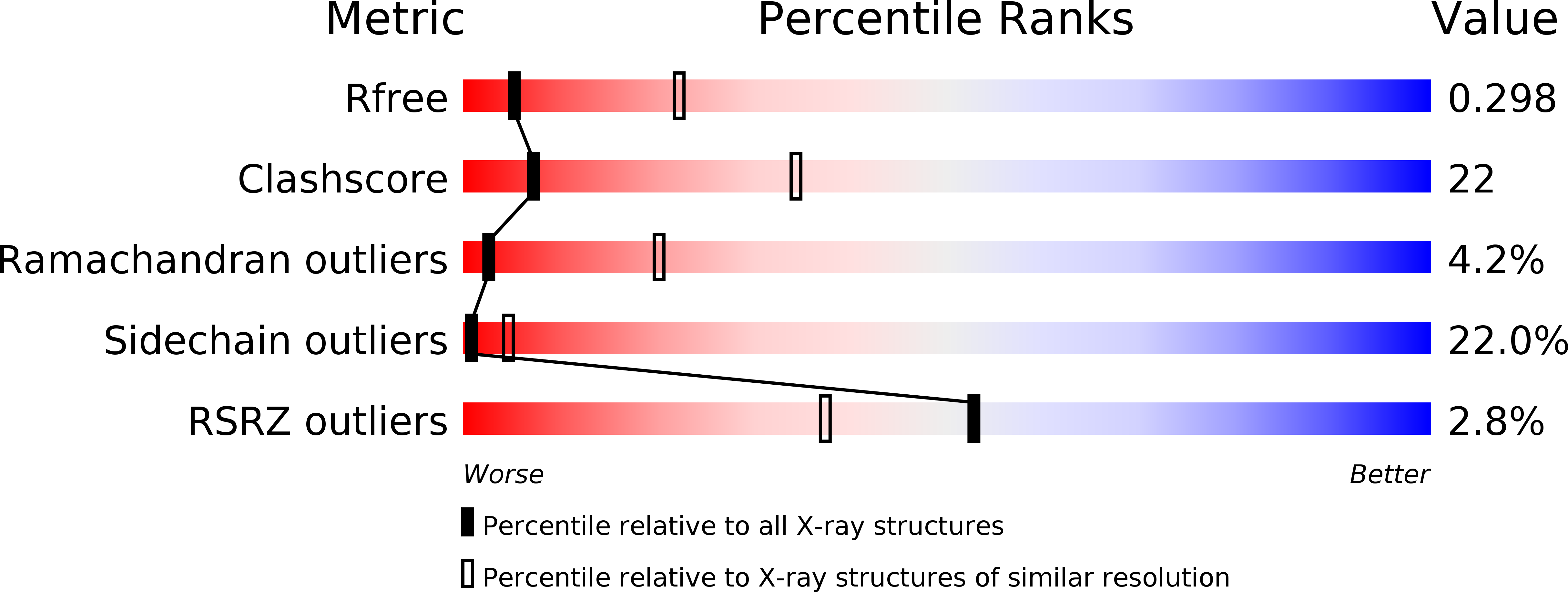
Deposition Date
2015-06-07
Release Date
2015-12-09
Last Version Date
2023-11-08
Entry Detail
PDB ID:
5BWA
Keywords:
Title:
Crystal structure of ODC-PLP-AZ1 ternary complex
Biological Source:
Source Organism:
Homo sapiens (Taxon ID: 9606)
Host Organism:
Method Details:
Experimental Method:
Resolution:
3.20 Å
R-Value Free:
0.28
R-Value Work:
0.22
R-Value Observed:
0.23
Space Group:
P 21 21 21


